15 Reasons to practice Breathwork
When we tune in to the breath, the pattern, the sensations… we allow ourselves to feel into the body. With Somatic breathwork, the body starts to talk! And with practice, the dense layers of deep-rooted emotional, energetic, and tensions attached to the stories we might have literally ‘embodied’, can be acknowledged and released.
This integrative mind-body work catalyses powerful systemic rejuvenation that touches every aspect of the being—mental, emotional, physical, and spiritual.
1. Enhanced Emotional Release & Regulation
One of the primary benefits of breathwork is providing a safe, guided structure for digesting and purging suppressed emotions. Breathwork practitioners often report significant reductions in anxiety, depression, and overall emotional distress(1). This inner work cultivates a profound sense of emotional freedom and self-acceptance that transcends the limitations of the intellect. Somatic breathwork can help you respond with more ease to any emotions you feel be it sadness, grief, anger, joy, or excitement. As a result, emotional intelligence and resilience occurs naturally. You get good at feeling!
2. Trauma Healing and Reduced symptoms of PTSD
Somatic breathwork has been shown to reduce symptoms of post-traumatic stress disorder (PTSD), including flashbacks, nightmares, and anxiety. This approach allows individuals to work from the inside out through unresolved traumas(2) and disturbing memories in a different way than traditional talk therapy, which can sometimes lead to circling around problems through intellectual analysis alone. The breath, however, accesses the subconscious mind in a more visceral way. It enables breathworkers to fully incarnate painful past events in order to finally metabolize them and let go of their lingering stagnant energies.
3.-Reduced Stress, Anxiety, Depression and Negative Thought Patterns
Conscious breathing along with various breathing techniques taught in a Somatic Breathwork session activate the parasympathetic nervous system, inducing a state of relaxation. It is called the “rest and digest” system. These specific breathing patterns act as a tool to counter the "fight-or-flight" sympathetic dominance underlying many stress-related disorders. As you quiet the incessant mental chatter, you become liberated from the draining cycles of stress, worry, and destructive thought loops(3). When somatic breathwork is practiced in a holistic way, combined with a fresh nutritive diet, daily meditation, and yoga, the body can truly unstress. This holistic approach can lead to the release of deep-rooted accumulated stress, symptoms of chronic anxiety and depression, including feelings of hopelessness and worthlessness.
4. Autonomic Nervous System Regulation
The practice also supports an effective reset and proper regulation of the autonomic nervous system which controls physiological functions like heart rate, digestion, respiratory rate, pupillary response, urination, and sexual arousal. Through conscious breathing exercises, somatic breathwork promotes activation of the vagus nerve, which is the main nerve of the parasympathetic system. This vagal tone increase facilitates a calmer physiological state allowing for rapid heartbeat and shallow breathing to decrease. You feel more at peace and able to receive the bodily sensations and/or tensions with serenity instead of perceiving these as ‘attacking’ or ‘bothering’.
5. Mind-Body Awareness & Embodiment
By bringing awareness to the breath and physical sensations, somatic breathwork strengthens the mind-body feedback loop. Breathworkers feel more connected to their bodies, emotions, and the world within and around them, leading to increased feelings of empathy and compassion(4). This allows for the body and mind to work together, and for the breathworker to find this unity and alignment within. Somatic breathwork heightens your sense of being fully present in the moment and grounded within yourself instead of trying to find that anchor outside of yourself. This greater sense of self-awareness(5) leads you to experience more empowerment and confidence in digesting and managing your emotions, physical sensations, and thoughts.
6. Improved cognitive function
Somatic breathwork has been shown to maximize cognitive function, including attention, memory, and processing speed. Over time, you can develop a refined sensitivity to your body's intuition, and elevate your state of consciousness by accessing your highest intellect (or what the yogis also called ‘buddhi’). Regular practice gives you the ability to tune into more subtle energies, which is an effective way to propel you into alignment with your life purpose by making choices from a place of self-knowledge and inner wisdom.
7. Spiritual Connection & Growth
For many, the breathwork journey unveils a deeper understanding of human’s spiritual nature. By breathing into every cell and releasing persistent blockages, somatic breathwork purifies your whole system. As you peel back the ego's layers, you experience glimpses of the profound peace and bliss residing within. Many breathwork practitioners report increased mindfulness, expanded states of consciousness and even transcendent mystical experiences during sessions. As the breath slows brainwave frequencies, you can access an innate quietude beyond the thinking mind, enhancing mental clarity, emotional equilibrium, and radiant physical vitality. From this inner stillness, you may gain insights into your path. Breathworkers experience a deeper connection to their spiritual self and to something greater than themselves. This mind-body-spirit integration helps direct your energy towards a more purposeful and meaningful life.
8. Vitality, Detoxification & Balance
On a cellular level, the enhanced respiration and circulation from somatic breathwork exercises exponentially assist the delivery of oxygen and nutrients to tissues while flushing metabolic wastes. This oxygenation and detoxification of the whole body restores physiological equilibrium, balances energy levels throughout the day, and supports the body's natural regenerative mechanisms. The breath is quite literally life's sustaining force.
Somatic breathwork may even help reverse cell aging by reducing oxidative stress and increasing telomerase activity which plays a critical role in the proper functioning of cells. A body that breathes and feels deeply holds more self-reparative capacity because it has space to do so.
9. Conscious Relationships & Deepened Intimacy
Through the practice of being present with one's bodily sensations and breath, people can become more attuned to their own emotions and needs, making it easier to express them clearly. This heightened sense of introspection also allows for greater perception to others' emotional states and nonverbal cues or energies. The regular practice of somatic breathwork facilitates a sense of openness and vulnerability leading to an increased feeling of understanding and acceptance. Authenticity and honest communication can then shine through the lens of your relationships allowing for intimacy to deepen. By releasing held tensions and stuck emotional patterns, you can show up in relationships with more capacity for presence, playfulness and healthy boundaries. Once you create more space in your nervous system, it is easier to receive and work with other nervous systems.
10. Heightened Creativity
The relaxed and focused state generated by somatic breathwork can help you access your full creative potential by enhancing your problem-solving skills. By quieting the mind, breathwork creates more spaciousness in the body and the nervous system for fresh possibilities to sprout and imagination to emerge. The practice cultivates curiosity which allows you to tap into your creative powers and for solutions and adaptability to flow organically, instead of staying stuck in a problem dwelling mindset. Consciousness of breath and bodily sensations provide a gateway to realms of inspiration beyond just logical and analytical thinking.
11. Relief of chronic pain
By promoting relaxation in the body with the activation of the parasympathetic nervous system, you can counter the stress and muscle tightness often associated with chronic pain. The body awareness developed through the practice allows you to notice and release the part of you that’s holding onto the pain subconsciously. Breathwork also increases oxygen flow and circulation, which can relieve symptoms of inflammation and promote true healing and rejuvenation energy.
12. Better Quality of Sleep
Breathworkers report falling asleep faster, sleeping more soundly, and waking up feeling more refreshed and energized. Through somatic breathwork, the racing mind slows down, alleviating insomnia symptoms, sleep disorders and difficulties. The practice releases pent-up stress that leaves you restless and disrupts the quality of your sleep. The mental tensions that often underlie sleep issues are soothed by the force of the breath consciousness.
13. Increased Athletic Performance
The practice of somatic breathing can also help athletes optimise their performance by reducing stress, increasing focus, and enhancing their overall physical and mental well-being. Regulated breathing improves endurance by maximizing oxygen delivery and reducing lactic acid buildup(6) - a byproduct of anaerobic metabolism, which is the process by which the body generates energy without the use of oxygen. The buildup of lactic acid in the muscles can cause fatigue, muscle soreness, and decreased performance. The increased mind-body awareness also optimizes biomechanics and form. Breathwork's calming effects allow athletes to enter a zone of relaxed concentration for superior execution under pressure. The reduced muscle tension and enhanced recovery abilities also lower injury risk.
14. Immune Function Boosted
Somatic breathwork has been shown to boost immune function, including increased production of antibodies(7). Conscious breathing helps reduce stress, which is a major cause of lack of immunity. It also promotes lymphatic drainage and blood circulation to enable more efficient immune cell delivery throughout the body. The soothing effects of conscious breathing counteracts inflammation that can compromise immune defenses. Breathworks balancing effects on the autonomic nervous system optimise immune regulation.
15. Reduced symptoms of chronic fatigue syndrome
Through conscious regulation of the breath, the practice helps restore equilibrium to an overtaxed system. It facilitates deeper relaxation, allowing the body to drop out of a depleted sympathetic state and activate self-healing mechanisms. The awareness cultivated during a session provides more insight into perpetuating patterns, empowering you to interrupt draining behavioral cycles. This integrated approach addresses the multidimensional factors underlying chronic fatigue, reducing exhaustion while replenishing energy reserves over time. The increased oxygenation and release of muscle tension provide symptom relief from exhaustion, pain and brain fog associated with chronic fatigue syndrome.
Resources:
Brown, R. P., & Gerbarg, P. L. (2005). “Sudarshan Kriya yoga in the treatment of anxiety disorders”. Journal of Alternative and Complementary Medicine, 11(4), 711-721.
Ogden, P., & Minton, K. (2000). “Sensorimotor psychotherapy: One method for processing trauma”. Traumatology, 6(3), 149-171.
Streeter, C. C., Gerbarg, P. L., & Brown, R. P. (2010). “Effects of yoga on the autonomic nervous system, gamma-aminobutyric-acid, and allostasis in epilepsy, depression, and post-traumatic stress disorder”. Medical Hypotheses, 74(5), 821-826.
Hart, T. A., & Hart, K. (2017). “The effects of somatic experiencing on spiritual experiences”. Journal of Spirituality and Theology, 14(1), 1-14.
Kragel, J. D., & Keil, A. (2017). “The effects of somatic experiencing on symptoms of post-traumatic stress disorder”. Journal of Trauma and Stress, 30(1), 34-41.
Lee, S. M., & Kim, J. (2018). “The effects of diaphragmatic breathing on exercise performance and recovery”. Journal of Sports Sciences, 36(12), 1345-1353.
Streeter, C. C., Gerbarg, P. L., & Brown, R. P. (2010). “Effects of yoga on the autonomic nervous system, gamma-aminobutyric-acid, and allostasis in epilepsy, depression, and post-traumatic stress disorder”. Medical Hypotheses, 74(5), 821-826.


